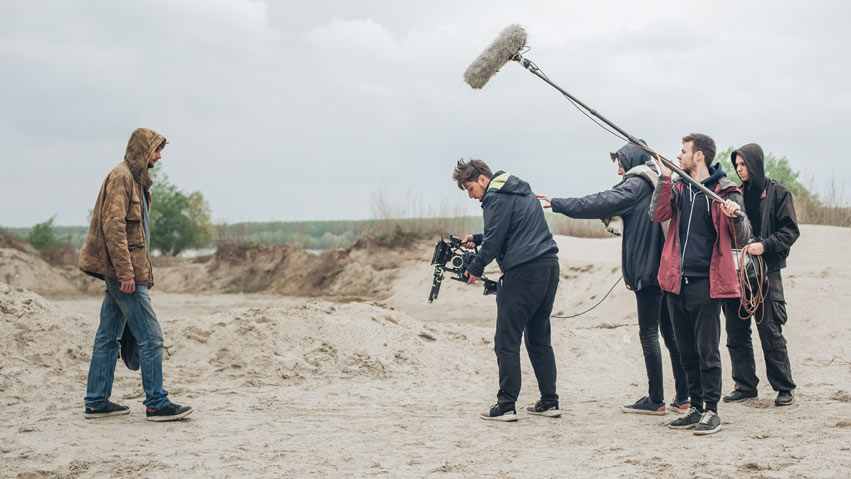Free Location Release Form in PDF and Word File Download

The Essential Guide for Filmmakers, Photographers, Production Companies and Content Creators
Introduction
In the world of filmmaking and content creation, securing a location release form is an absolute must. Whether you’re shooting a short film, a YouTube video, or even a commercial at a professional film studio like Cineview Studios – Studio Hire London, ensuring you have the legal right to film on a specific property is crucial.
But what exactly is a location release form? Why is it so important? And how can you obtain one without spending a fortune on legal fees? In this comprehensive guide, we’ll delve into everything you need to know about free location release forms — from what they are to how to create one yourself.
What is a Location Release Form?
A location release form is a legal document that grants filmmakers, photographers, and content creators permission to film or photograph on a particular piece of property. This form is signed by the property owner or their authorised representative and outlines the terms under which the property can be used.

Without a location release form, you run the risk of being sued for trespassing or using someone’s property without permission. This could lead to your footage being unusable, causing delays, increased costs, and a whole lot of stress.
Legal Implications of Not Having a Release Form
Not having a location release form can lead to serious legal repercussions. For example, if you film on private property without permission, the owner could demand that you cease using the footage, or worse, take you to court for damages. This could result in hefty fines, the loss of your project, and a tarnished reputation in the industry.
Common Scenarios Where a Release Form is Needed
A location release form is necessary in a variety of situations, including:
- Filming on private property, such as someone’s home, a business, or a piece of land.
- Shooting at a photography studio hire
- Shooting in a place that is owned by a government entity but still requires permission, like a historic site or public park.
- Using a location that could be identifiable in your content, even if it’s a small part of the background.

Why Do You Need a Location Release Form?
You might wonder, “Do I really need a location release form?” The short answer is yes. Here’s why.
Protecting Your Content Legally
A location release form acts as a legal shield, protecting you from potential lawsuits. It ensures that the property owner has agreed to let you use their property for your production, and that they understand how the footage will be used.

Ensuring Smooth Production Processes
Having a signed location release form before you start filming ensures that there are no last-minute surprises. You can focus on your creative work, knowing that all legal aspects are covered. This can be particularly important if you are working with a tight schedule or budget.
Avoiding Disputes and Legal Issues
A well-drafted location release form can help avoid disputes by clearly outlining what is allowed and what isn’t. For example, it can specify the exact areas of the property you are allowed to film, the dates and times of filming, and whether or not you are permitted to alter the location in any way.

Components of a Location Release Form
To be effective, a location release form must include several key components. Here’s what you need to make sure is in your form.
Location Details

Clearly describe the property being used, including its address and any specific areas within the property that will be featured in the film. This prevents any confusion about what is and isn’t included in the agreement.
Owner’s Consent
This is the heart of the release form. The property owner, or their representative, must clearly consent to the use of their property for filming or photography. This section should also include any conditions they might have, such as limitations on the times or days filming can occur.
Filming Dates and Times
Specify the exact dates and times you plan to be on the property. This helps prevent misunderstandings and ensures the location will be available when you need it.
Compensation (If Applicable)
If you’re offering compensation to the property owner, whether it’s a fee, a credit in your film, or some other form of payment, make sure it’s clearly stated in the release form. Even if there’s no compensation involved, it’s a good idea to mention that in the document.
Rights Granted to the Filmmaker

Outline the specific rights being granted to you as the filmmaker. This typically includes the right to film, photograph, and use the footage in your project. It may also include rights to edit the footage and use it in promotional materials.
Signatures and Dates

Finally, the form must be signed and dated by both the property owner and the filmmaker. Without signatures, the document isn’t legally binding.
Download a Free Location Release Form
Creating a location release form doesn’t have to be complicated or expensive. In fact, you can download one free location release form template yourself by clicking on the download button below.
Conclusion
Securing a location release form is a critical step in any filmmaking or content creation project. If you’re looking for a professional environment that understands the needs of filmmakers, consider Cineview Studios – Studio Hire London, where every detail, from location release forms to the final cut, is handled with the utmost care.
Frequently Asked Questions (FAQs)
1. What happens if I film without a location release form?
Filming without a location release form can result in legal consequences, including being sued for trespassing or having to remove or re-edit your footage. It’s always best to secure a release form to avoid these issues.
2. Can I use a generic location release form for any location?
While a generic form can be a good starting point, it’s important to customise the form to fit the specific location and project. This ensures that all relevant details are covered and that the form is legally binding.
3. How legally binding is a location release form?
A properly drafted and signed location release form is legally binding. It grants you the right to use the property as agreed upon, and can protect you in court if any disputes arise.
4. Do I need a location release form for public spaces?
In some cases, yes. While public spaces are generally accessible, certain locations (like parks or government buildings) may require a permit or release form, especially if you’re using professional equipment or blocking off areas.
5. How do I handle disputes after signing a location release form?
If a dispute arises after signing a location release form, it’s best to try and resolve it amicably by communicating with the property owner. If necessary, you may need to consult a lawyer to understand your rights and obligations under the agreement.